Healthcare Facility Cleaning In A Nutshell
Cleaning is a universal need across all industries. There will always be a demand for people who are experts at cleaning. Because of this, there are many opportunities to establish yourself as an expert cleaner.
There are many ways to enter the field of cleaning. You can begin by learning the basics and then experimenting with different techniques and methods. As you gain experience, you will learn how to become more experienced!
This article will discuss key elements of healthcare facility cleaning in detail so that you can start your career as a cleaner today!
So, what are the basics of healthcare facility cleaning? Let’s find out!
Cleaning is a skill that can be applied to many different environments. From homes to businesses to hospitals and clinics, there is always a need for help with cleaning. Learning how to clean in a health care setting is important due to regulations and safety precautions needed for work.
Regular cleaning schedules are important
Healthcare facilities require a special kind of cleaning. Because these facilities deal with sensitive medical information and materials, a thorough cleaning is essential.
People have strong opinions about hospital-acquired infections (HAIs). Many people believe that a thorough cleaning before the arrival of new patients is sufficient.
However, the CDC recommends a daily, comprehensive approach to prevent the spread of pathogens and infection. This includes routine tasks such as mopping and wiping down surfaces.
Daily tasks can be time consuming, which is why many facilities opt for an hourly schedule instead. An hourly schedule can lead to incomplete or inadequate cleaning, however. This is why the CDC recommends an every-day cleaning schedule instead!
Analytical tests can be performed to check the level of contamination in a facility after cleaning. Doing so on a regular basis helps to maintain a clean environment.
Staff training is crucial
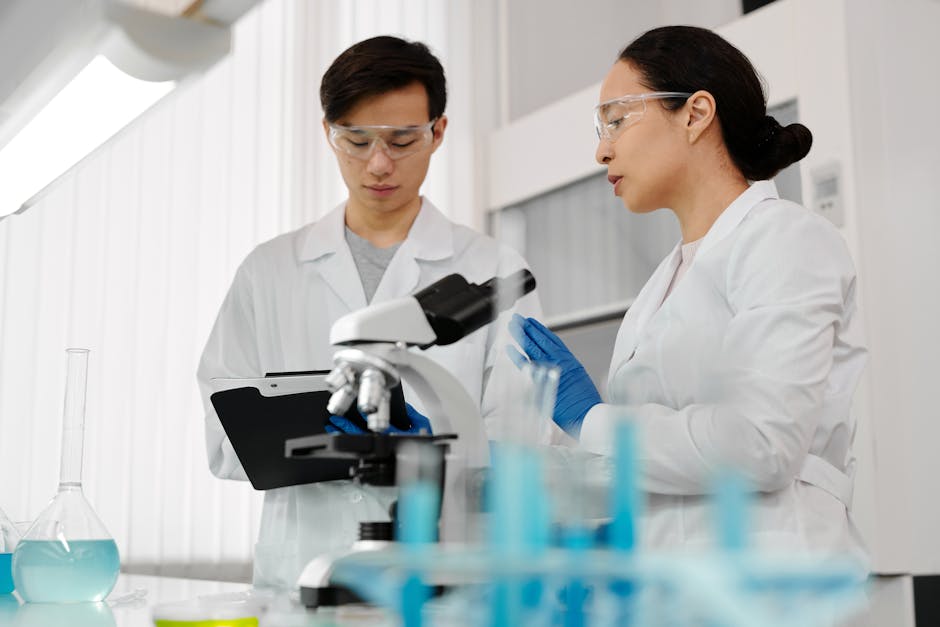
Photo by Edward Jenner on Pexels
Knowing how to properly clean and disinfect is important, but if you do not know how to use the tools and materials needed to do so, then it is all for naught.
Staff must know how to use various cleaners, disinfectants, brushes and towels, as well as a variety of surfaces. They must also understand the proper sequence of cleaning areas and items.
For example, they must know that they must first clean an area with a damp cloth or towel followed by a dry one, then wipe it down with an antimicrobial agent followed by a second dry cloth or towel to ensure no moisture remains.
They must also know the risks associated with infectious diseases and how to prevent them through proper isolation protocols. More advanced training may include knowledge about environmental monitoring systems as well.
Choose the best equipment for the job

Photo by Karolina Grabowska on Pexels
When choosing cleaning equipment, make sure they are of the highest quality. Low-quality equipment may not get the job done as well as high-quality equipment.
Some of the best tools for the job are floor cleaning machines, hand sanitizers, and disinfectants. Floor cleaning machines can help speed up the process of scrubbing floors and getting them dry. Hand sanitizers can help prevent spreading germs and killing bacteria. Disinfectants can help fully eliminate all germs and bacteria on surfaces or in liquids.
Know how to use your chemicals properly
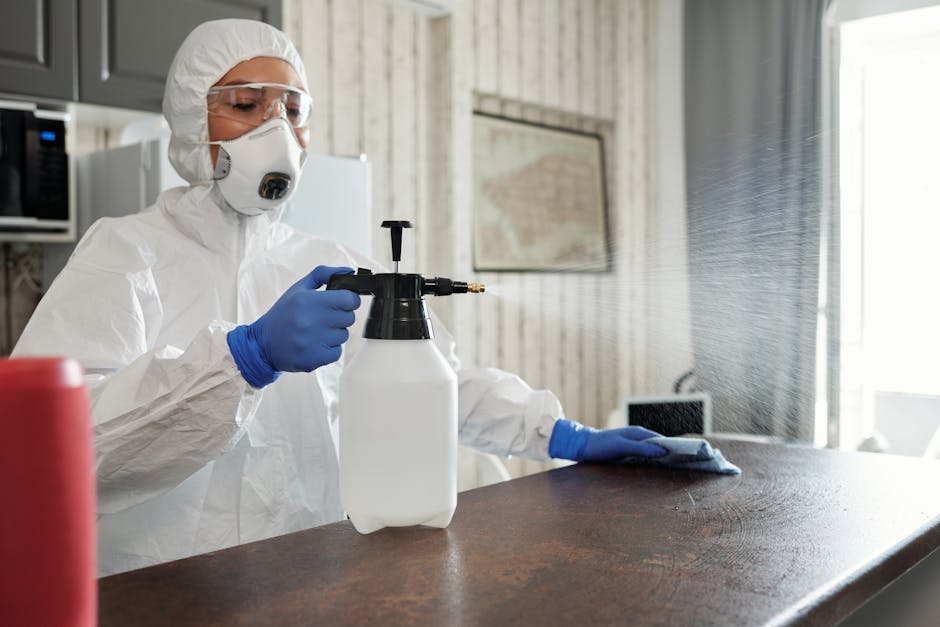
Photo by Matilda Wormwood on Pexels
When working with disinfectants, be sure to read the label and know what organisms the disinfectant is designed to kill.
Most disinfectants require a waiting period after application until surfaces can be re-contaminated. This is called the residual effect and is how long it takes for the chemical to render a surface free of pathogens.
When cleaning labor and delivery rooms, be careful with newborn diapers. Disposable diapers can contain bacteria, so make sure to bag them up properly for trash disposal. Cleaning cloth ones can be tricky, so ask your supervisor how to best clean them.
Keep your cleaning supplies organized
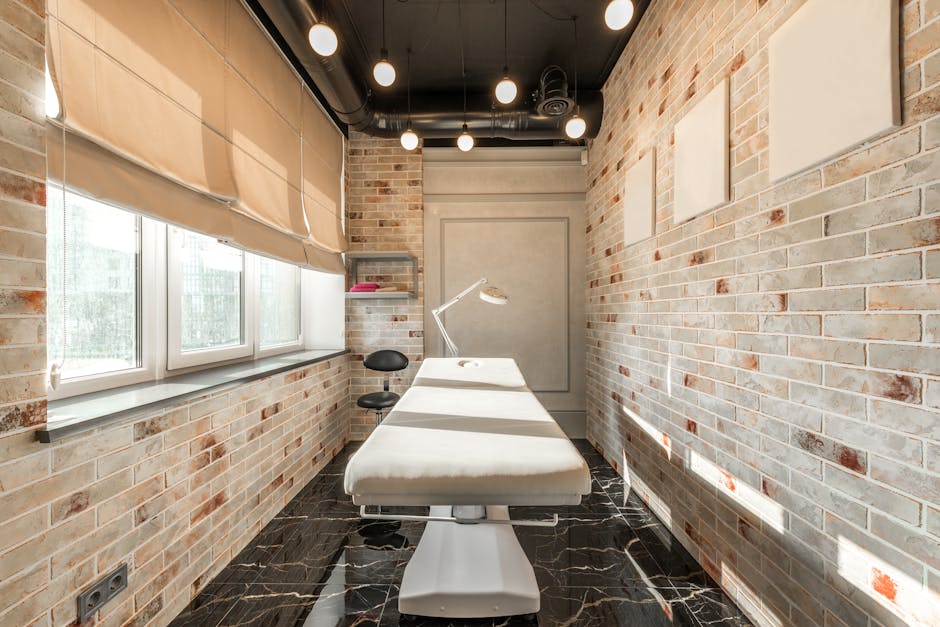
Photo by Max Rahubovskiy on Pexels
When you have your supplies organized, it will be easier to find them and put them to good use. You will not run the risk of using the wrong cleaner or towel for the job.
A well-organized kit can save you time as well. If you have already done a cleaning session with your equipment and supplies, then you know what to expect in terms of effort and time required.
You will not have to waste time looking for something that is missing, either. Every piece of equipment and every supply has a dedicated place in the kit, so everything is ready to go when needed.
General cleaning supplies can be stored in a bin or bucket, but having individual compartments for different types of cleaners and towels helps keep things organized. An easy way to do this is by using plastic bins with labels on them.
Make sure you have enough supplies on hand
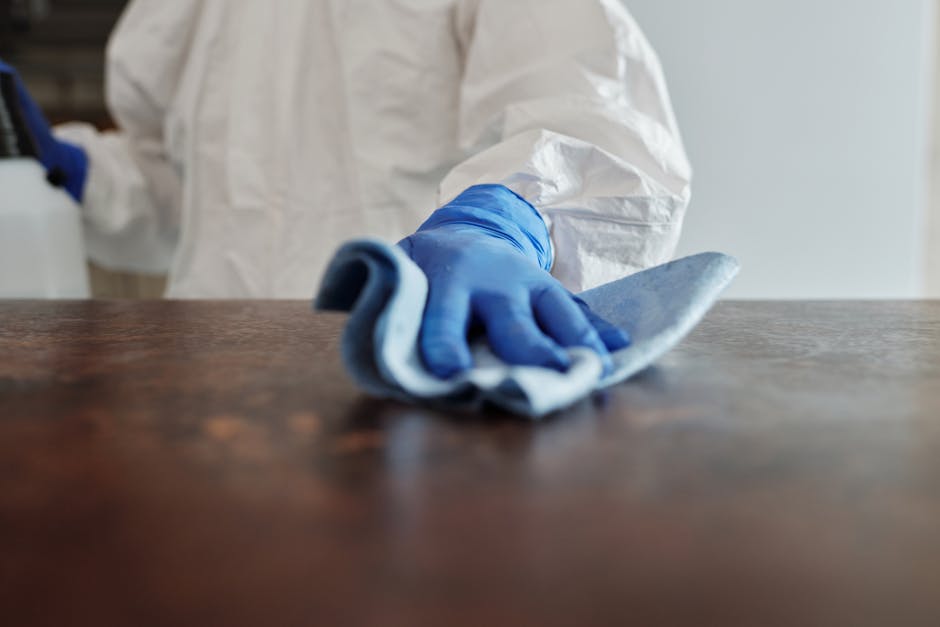
Photo by Matilda Wormwood on Pexels
Cleaning supplies are a must-have when it comes to maintaining a clean environment. You will need various types of cleaners for different surfaces and situations.
For general cleaning, you will need universal cleaners that can handle most types of soil. A good rule of thumb is to use a cleaner that can tackle grease, soap scum, and dirt easily.
Different types of floors require different floor cleaners. You can find ones that disinfect the surface as well as polish the floor for a fresh look. If your floors are vinyl, then you will need vinyl floor cleaner to scrub and disinfect the surface.
Having adequate numbers of towels and washcloths on hand is important as well. You will want to have enough to get the job done while having some left over for backup.
And last but not least, have enough trash bags to hold all the trash you will collect while cleaning.
Use low-dust vacuums or dusters
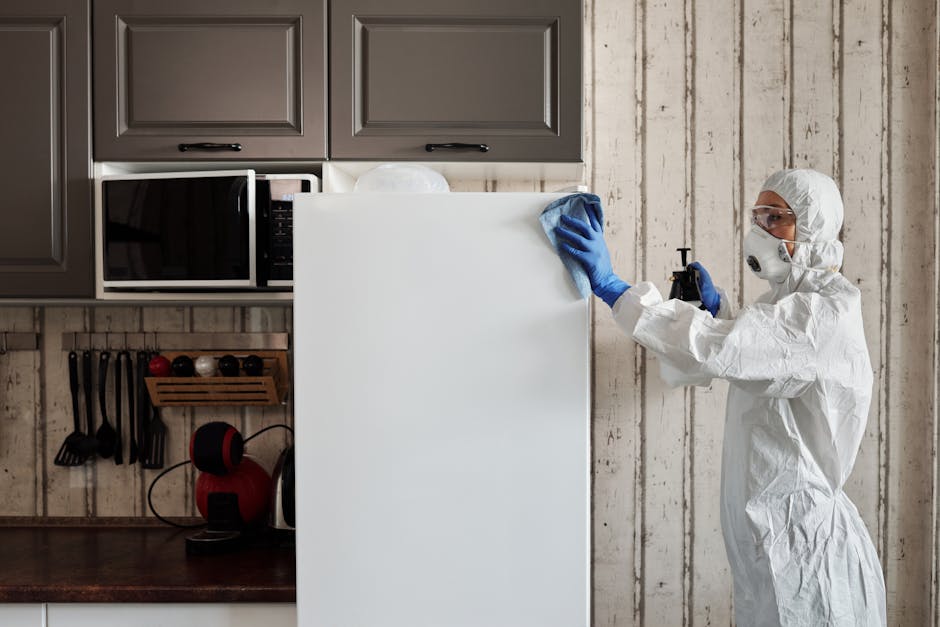
When cleaning a facility, it is important to use low-dust vacuums or dusters to remove dirt and debris. This is crucial for preventing the spread of bacteria and infection.
Many hospitals have strict policies regarding hygiene. These policies may require staff to use specific cleaning products and methods. You should check with your employer or the hospital for their requirements before starting your job.
In addition, you may be required to wear certain protective equipment, like gloves and masks. Making sure all of your equipment is in good condition is another key to compliance.
Cleaning a facility can be daunting, but with the right knowledge and equipment, you can do a great job! Start now by checking out some resources on cleaning techniques and supplies.
All Ways Clean is your go-to choice when it comes to disinfecting healthcare clinics, with have two decades worth of experience and expertise in this field. If you want to know more about our services and get a quote, just click the button below.
